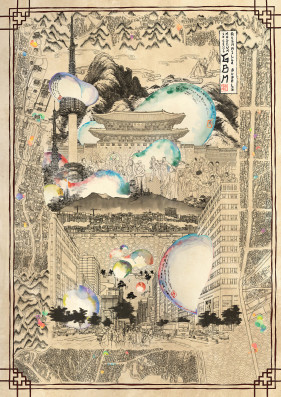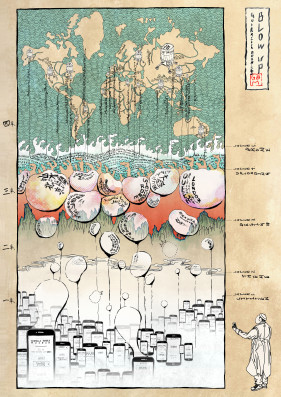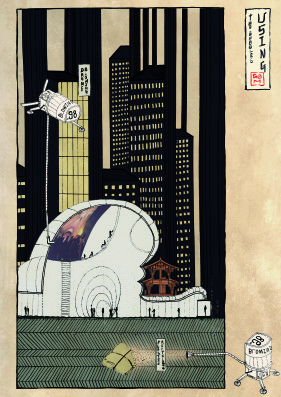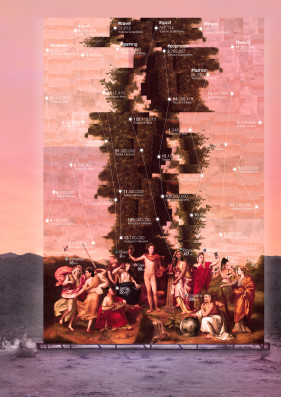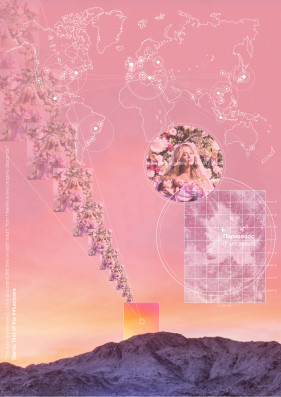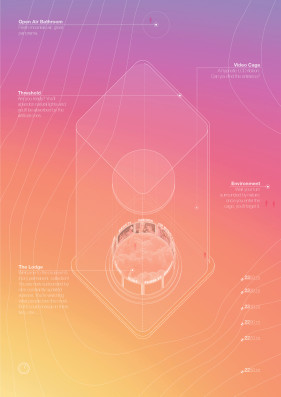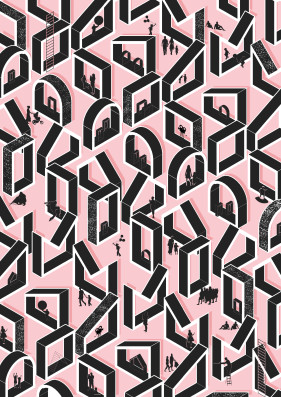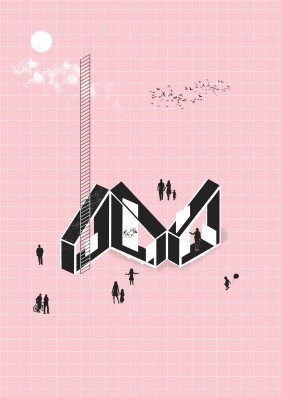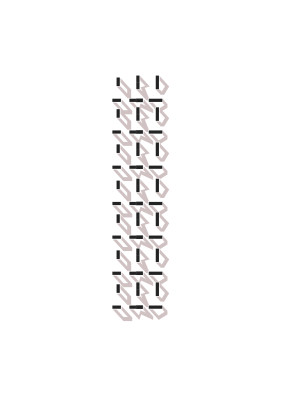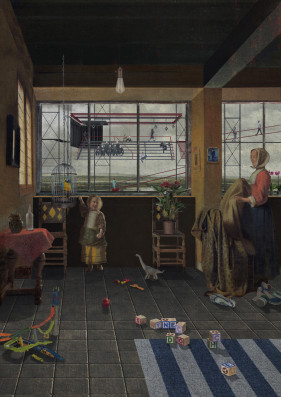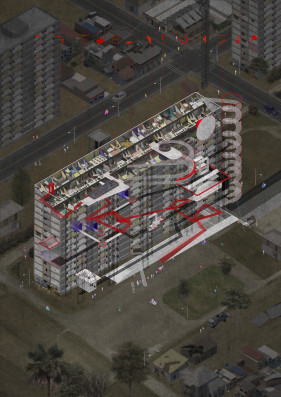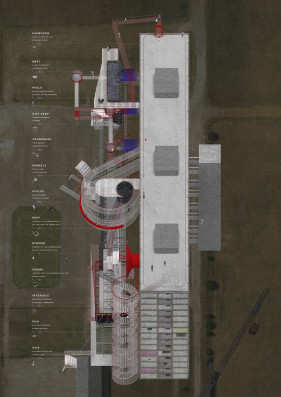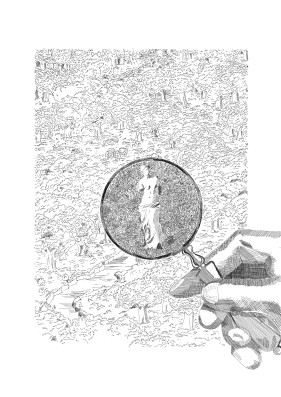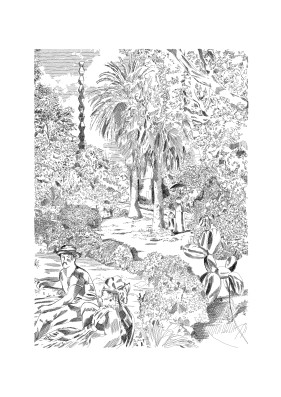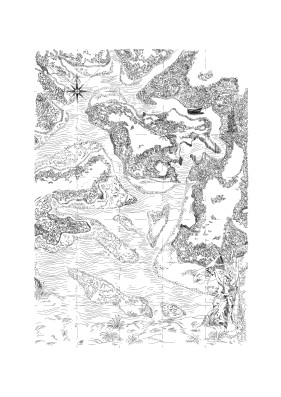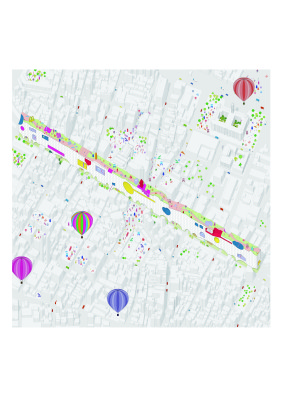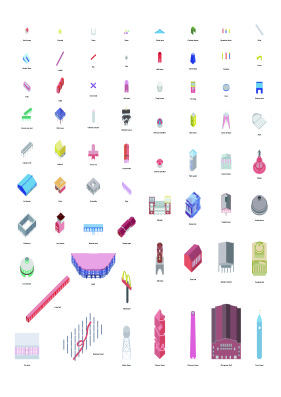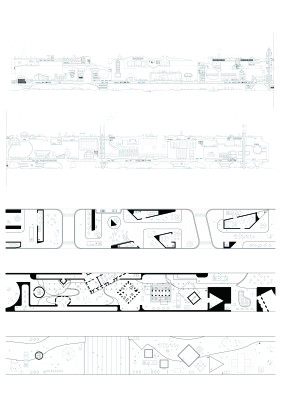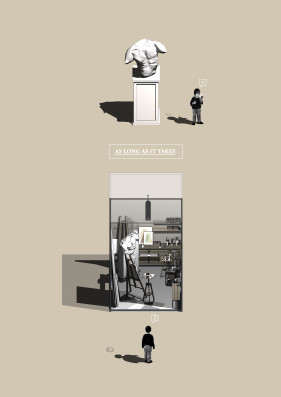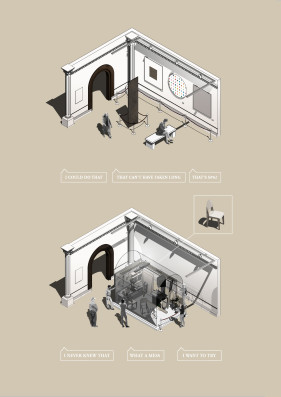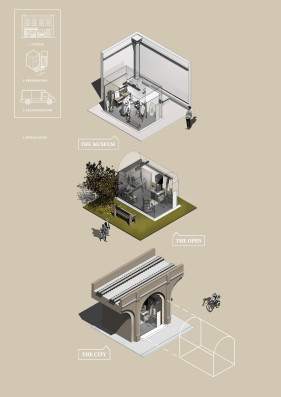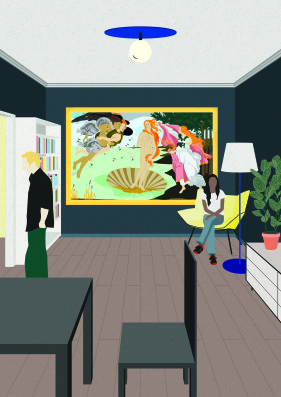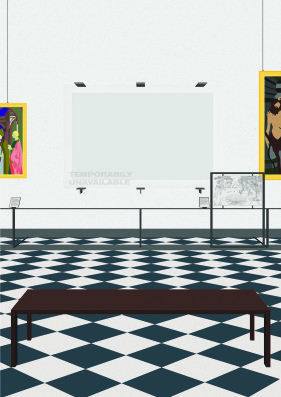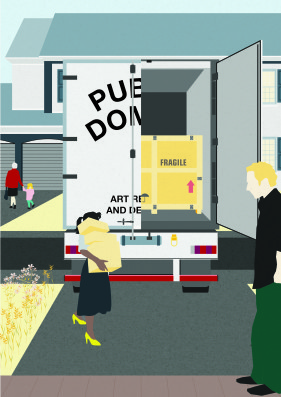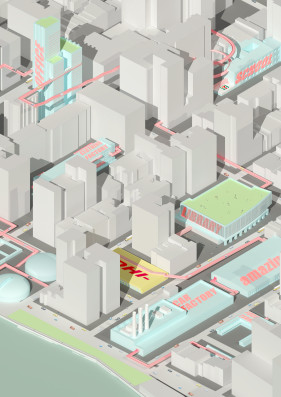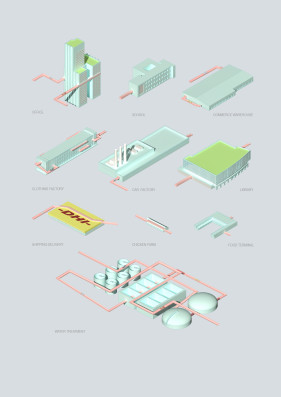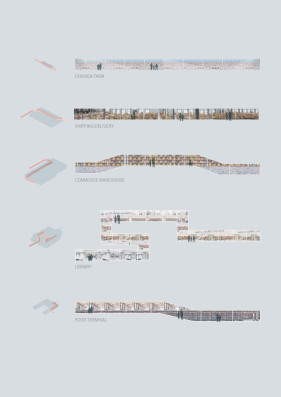TEAM: Joongseob Jeon and Heejin Kim
Should a museum exists as a building?
Deosn’t the fancy museum architecture disturb people appreciating artworks?
Is the museum which has many unchangeable physical factors optimal place to deliver various intenstions and moods of various works?
Should people visit the museum within a set period for exhibition curated authoritatively by museum?
The “Guerrilla Bubble Museum: GBM” curate a exhibition by database system including what subject and location public want.
Bubble Blowing Drone which is made for making Bubble Museum wherever will come up to where public demand is and make a temporary museum in the city.
This Bubble’s curves blur surrounding condition. Although you are surrounded by complex buildings, you can concentrate on your exhibition.
For static exhibition, Guerrilla Bubble will appear on a mountain.
For dynamic exhibition, will appear in complex city.
After the exhibition end, This bubble will be recalled for recycling.
Guerrilla Bubble Museum, the heterogeneous existence in the city act as a mark and attract people in daily life.
It is not a unilateral ,authoritative showing anymore.
It is Showing which be imprinted on our daily life.

